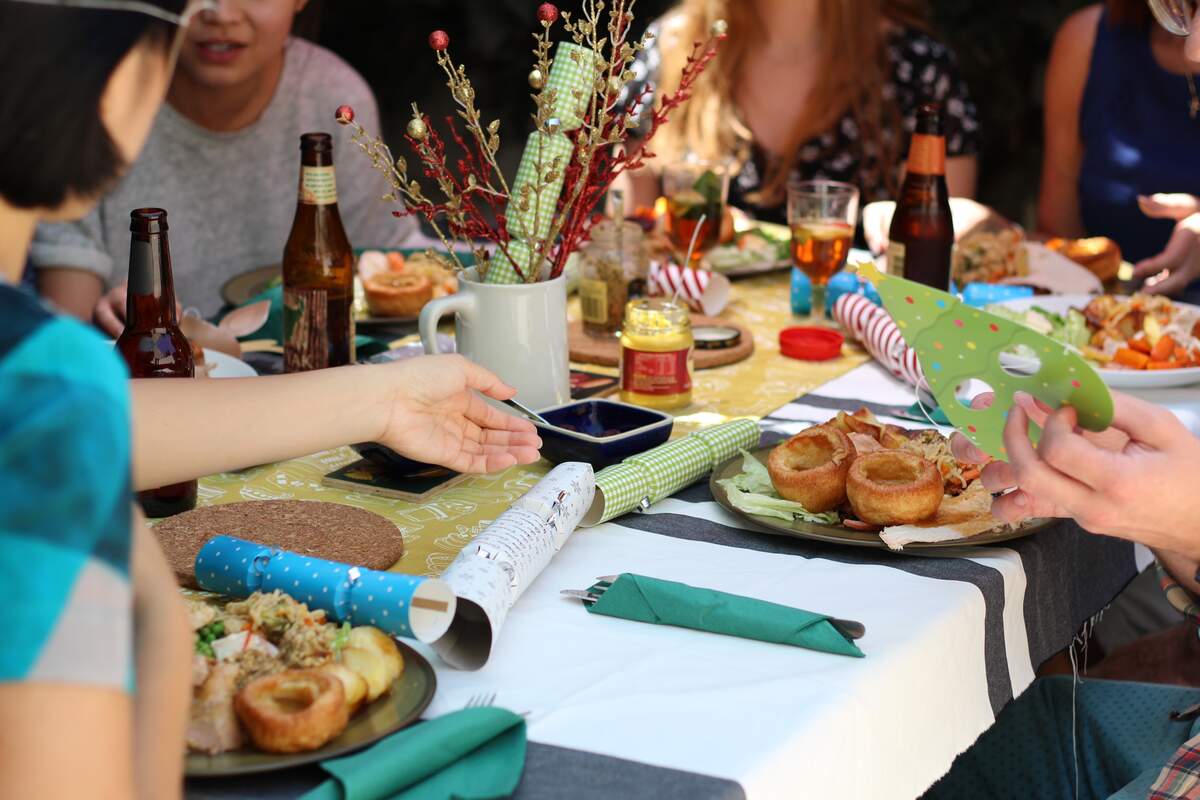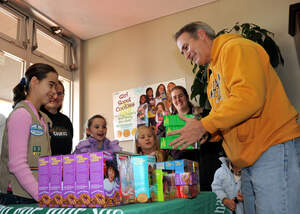

National It's My Party Day
Also known as
It's My Party Day
Observed
annually on October 11th
Dates
Hashtags
Sources
https://en.wikipedia.org/wiki/It%27s_My_Party_(Lesley_Gore_song)
https://www.holidayinsights.com/moreholidays/October/itsmypartyday.htm
https://www.punchbowl.com/holidays/national-it-s-my-party-day
https://www.timeanddate.com/holidays/fun/its-my-party-day
https://www.today.com/popculture/lesley-gores-its-my-party-story-behind-song-t4291
"It's my party and I'll cry if I want to Cry if I want to, Cry if I want to You would cry too, if it happened to you"
It is unknown how National It's My Party Day got its start or who created it, but the holiday most likely has something to do with the song "It's My Party," which was popularized by Lesley Gore. The opening line to the song has become a part of American culture, and the song is still commonly heard. The day is meant to be used to throw a party, and to listen to the song, of course.
Judy Gottlieb threw a tantrum before her sixteenth birthday party because her parents said her grandparents had to be invited and she didn't want them to be. She cried, and her father, Seymour Gottlieb, told her she should stop. "It's my party, and I'll cry if I want to," she replied. The elder Gottlieb, a songwriter, took that line and wrote the lyrics to "It's My Party." He sent them to his writing partner, Herbie Wiener, who in turn sent them to a composer who finished the song. Judy's phrase of teenage angst remained, but the song ended up being about a girl who is crying because a boy named Johnny left her party with another girl, Judy, and then comes back with him, this time wearing his ring.
The song was first recorded by the Chiffons, and Helen Shapiro also recorded it before Lesley Gore did, although her version was not released until after Gore's. Gore recorded her version at Bell Sound Studios in Manhattan on March 30, 1963. That evening, Quincy Jones, the song's producer, arrived at a concert at Carnegie Hall. Renowned producer Phil Spector was also there, and upon learning that Spector had recently cut a version of the song with the Crystals, Jones left Carnegie Hall and spent the evening making a test pressing and 100 copies of Gore's recording from earlier in the day. Over the next few days, he mailed out the copies to radio programmers in the country's larger markets.
Lesley Gore's "It's My Party" was released later in April and reached #1 in about a month. Gore later recorded a sequel, "Judy's Turn to Cry," which told the story of her getting Johnny back. It also fared well on the Billboard Hot 100 chart, reaching #5. "It's My Party" has gone on to be covered by many artists. Most noteworthy, a 1981 remake by Dave Stewart and Barbara Gaskin went to #1 in the UK, Ireland, and New Zealand.
The lyrics to the song don't exactly scream "party"—they are actually quite somber, and full of, well, crying. But that shouldn't stop anyone from having a good time and throwing or attending a party today—and that is what the day is for! The song even has a somewhat-upbeat feel to it, and when put on at a party, it should help get everyone up and dancing. You can cry if you want to, but we are all going to party!
How to Observe National It's My Party Day
The day is best spent hosting a party. The usual activities of grilling out, having a few drinks, or ordering a pizza—such as sausage, since it's also Sausage Pizza Day—could be done, but making sure that Lesley Gore's "It's My Party" is playing from your speakers is the most important part. Perhaps you could even have everyone look at the lyrics and have a sing-along. Gore's sequel to the song, "Judy's Turn to Cry," could also be played, as could some of her other popular songs, such as "You Don't Own Me." You could also liven your party with versions by the Chiffons, Helen Shapiro, or Dave Stewart and Barbara Gaskin. If you'd rather have a movie party, you could watch the T.A.M.I. Show, which features Lesley Gore singing "It's My Party" as well as many of her other songs.





















